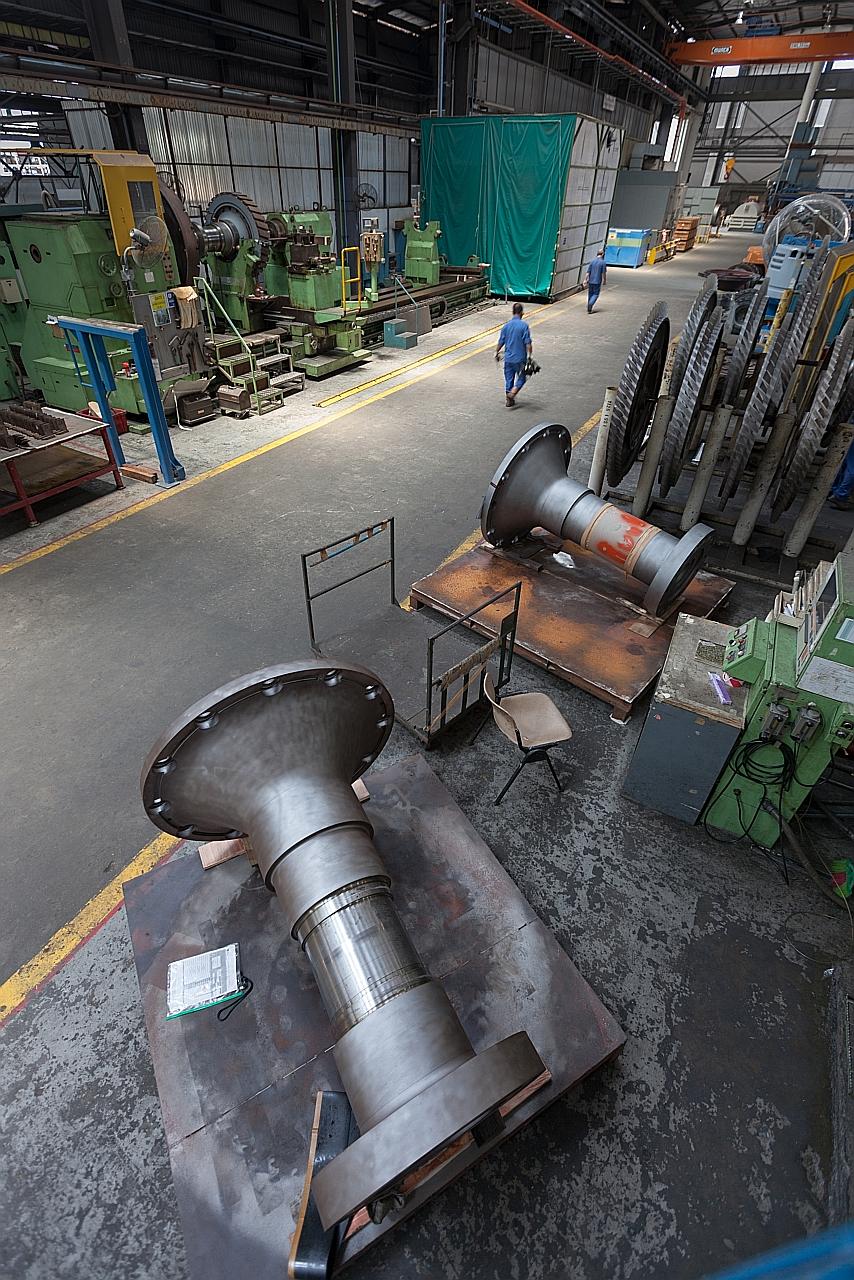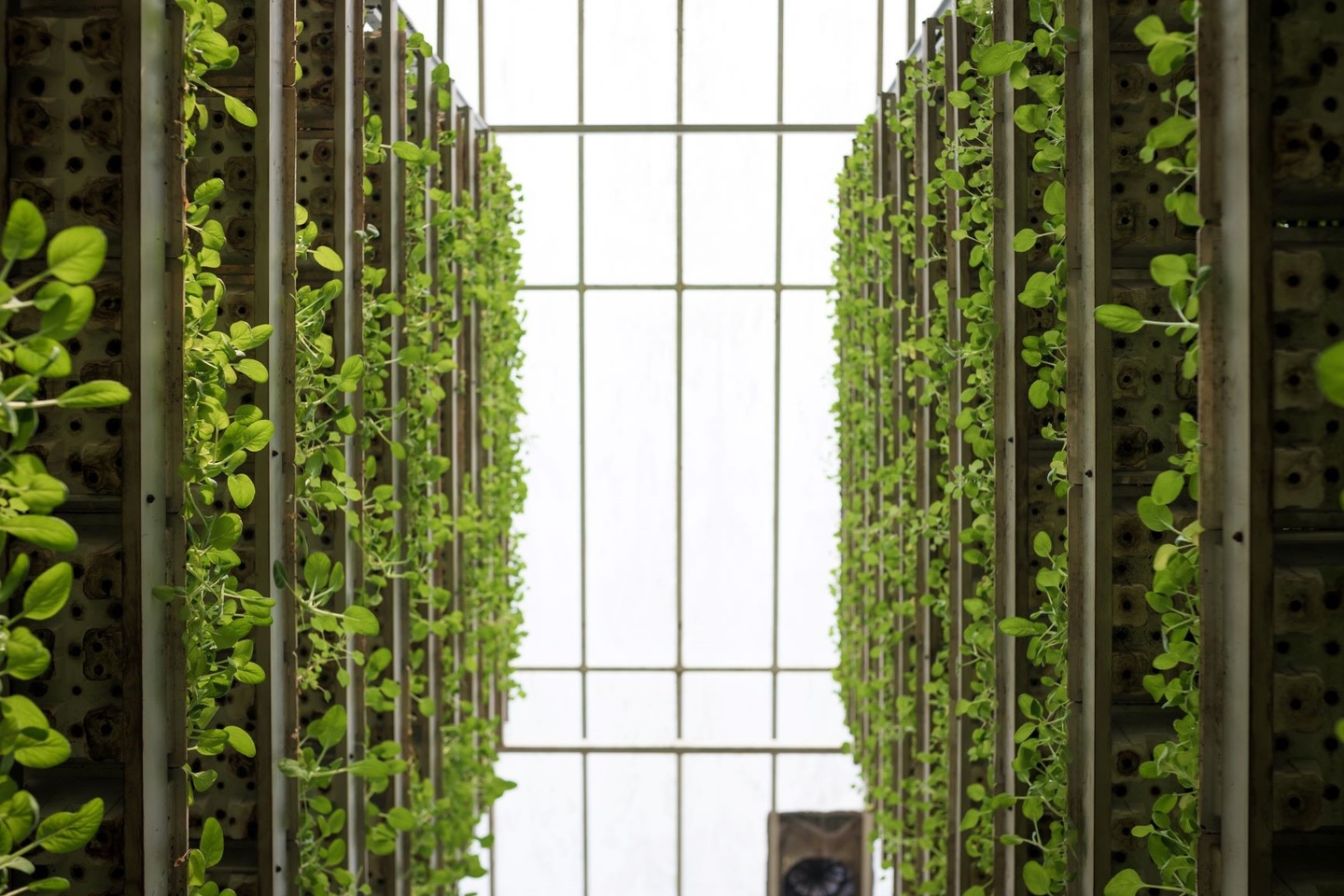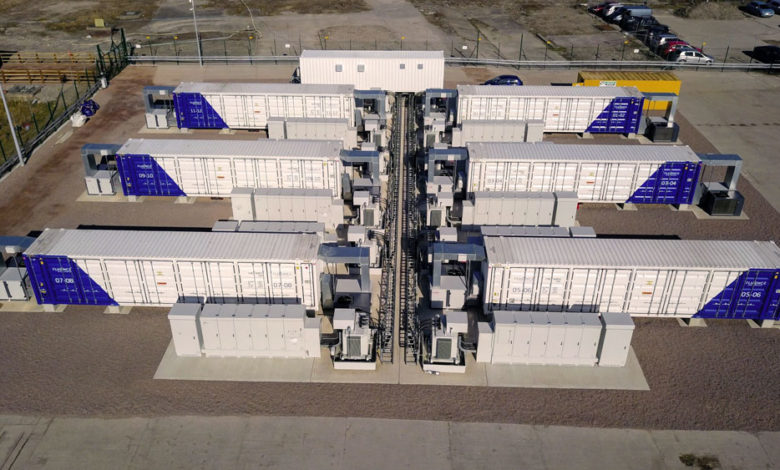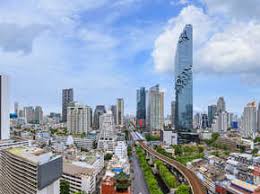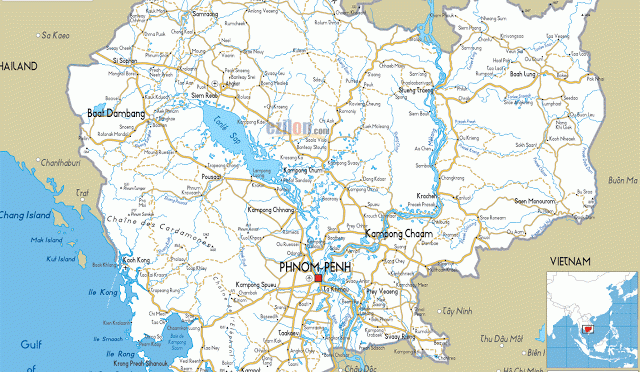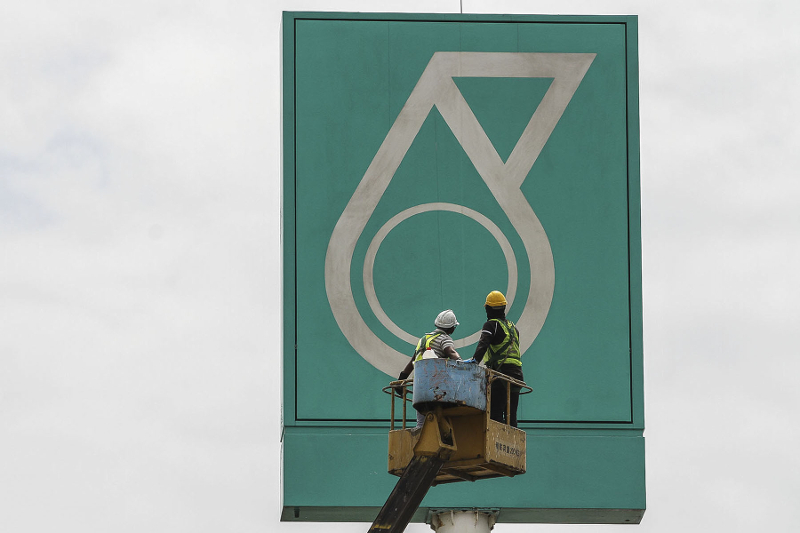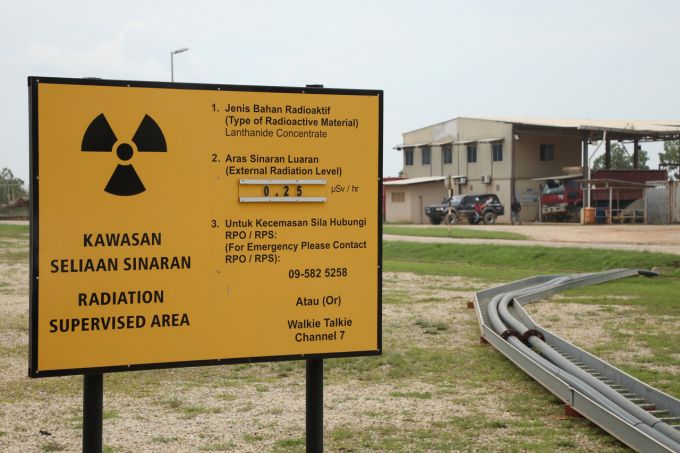- Energy Economy
–
- Singapore
American industrial giant General Electric (GE) will invest up to US$60 million (S$81.4 million) to develop its gas turbine repair capabilities here.
The investment will be channelled into a new repair engineering and development centre for high-efficiency, air-cooled gas turbines over the next 10 years and is expected to add 160 advanced manufacturing jobs.
GE’s existing facility employs about 250 workers, and the firm has more than 4,000 employees across its business units in Singapore.
The firm said yesterday that the new repair centre, its first outside the Americas, will begin repairing components such as nozzles and blades in the first quarter of 2021.
GE has received more than 100 orders for the gas turbines across 18 countries.
The facility here, which spans more than 398,000 sq ft, will be GE’s largest repair site globally in terms of production volume.
Mr Wouter Van Wersch, president and chief executive for GE in the Asia-Pacific, told The Straits Times at an event to mark the announcement of the new centre: “There’s a great workforce, there are very strong customers and partners here.”
He added that GE also works with local subcontractors and suppliers for materials and equipment.
While the firm is growing renewable energy projects such as those in wind turbines and solar energy, Mr Van Wersch noted that Singapore’s small size hinders expansion in this area.

But he said: “I think Singapore is going to be driven by gas power generation in the years to come.”
Mr Van Wersch said GE is committed to sustainability and using less resources across its operations worldwide, noting its renewables business will be carbon neutral by 2020.
The company has also reduced its global greenhouse gas emissions by 27 per cent since 2011 and seen a 25 per cent reduction in its global water consumption, he added.
GE’s existing facility employs about 250 workers, and the firm has over 4,000 employees across its business units in Singapore.
Mr Jim Vono, GE’s chief operations officer in the Asia-Pacific, said the new facility is expected to reduce repair times for customers in Asia by up to two months as components will not have to be shipped back and forth from the United States.
Economic Development Board chairman Beh Swan Gin said at yesterday’s event that GE’s new centre can tap the strong engineering pool in Singapore and build up a team of highly skilled repair development engineers.
He also noted the International Energy Agency projects that gas-fired power generation will overtake coal as the second-largest energy source globally by 2030, and demand for GE’s gas turbines is expected to grow. “This investment will therefore be an important long-term contributor to Singapore’s industrial output and support the Government’s commitment to maintaining manufacturing at 20 per cent of our economy.”
GE set up manufacturing operations here in 1969 and operates major businesses such as aviation, healthcare and power in Singapore.


